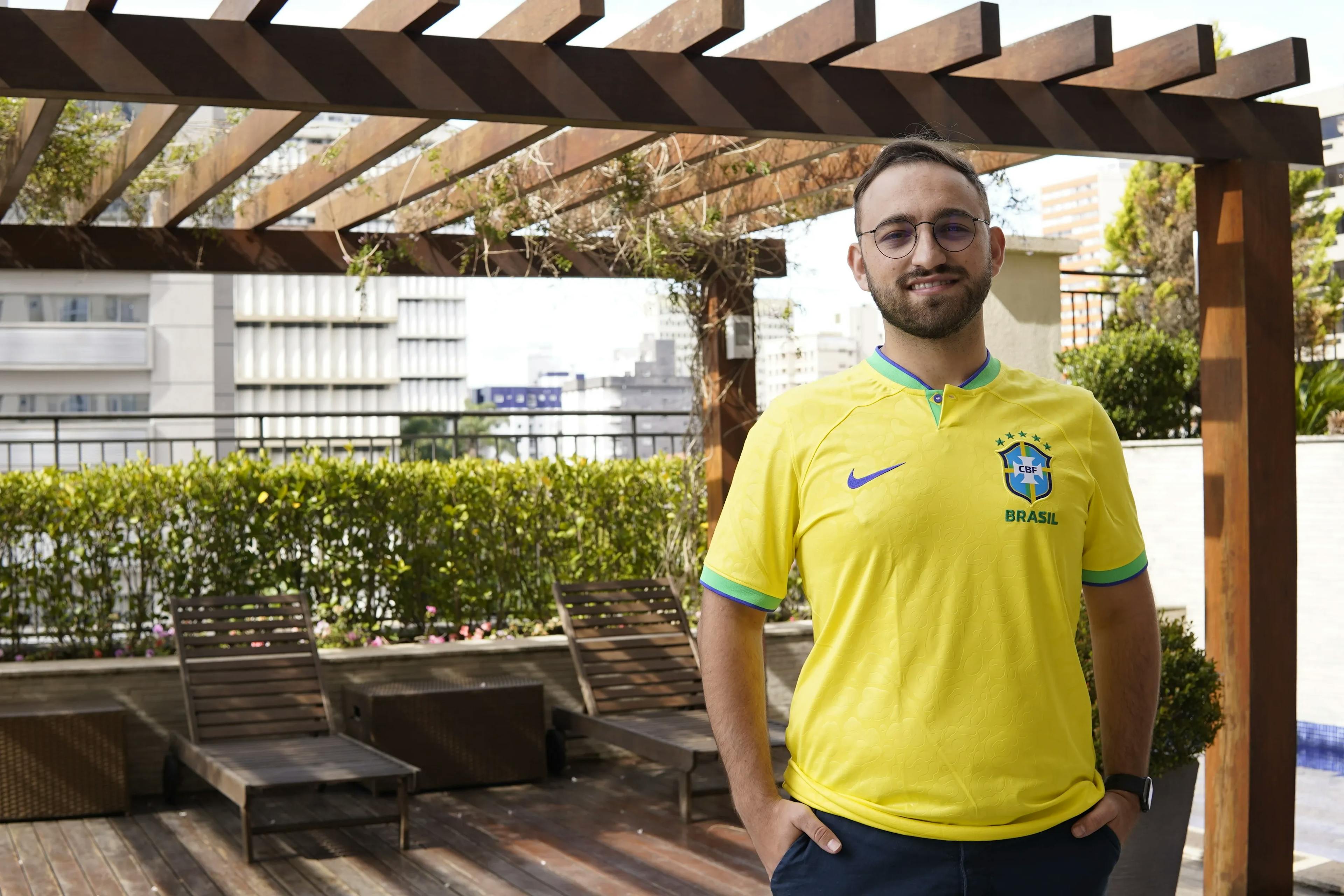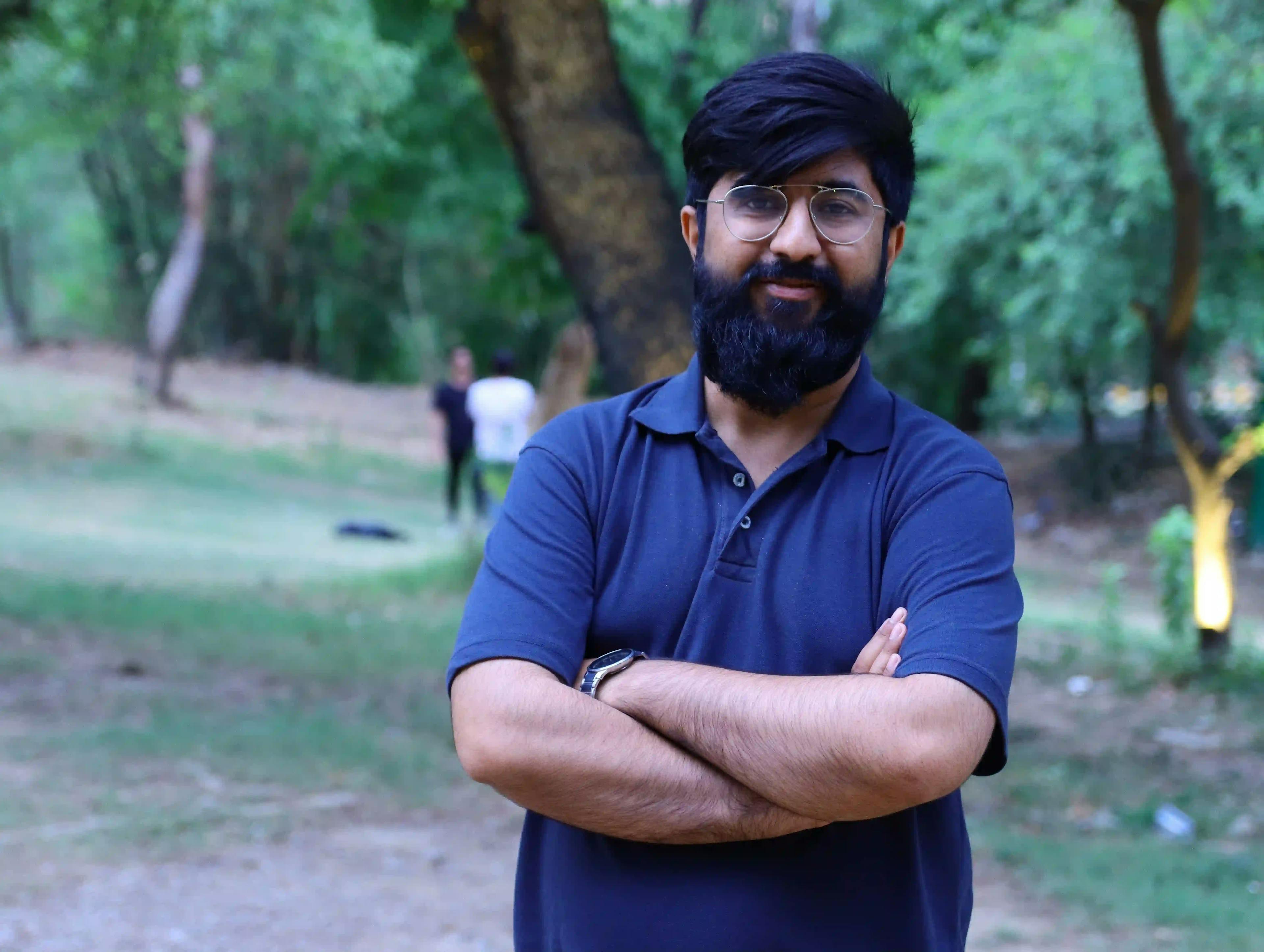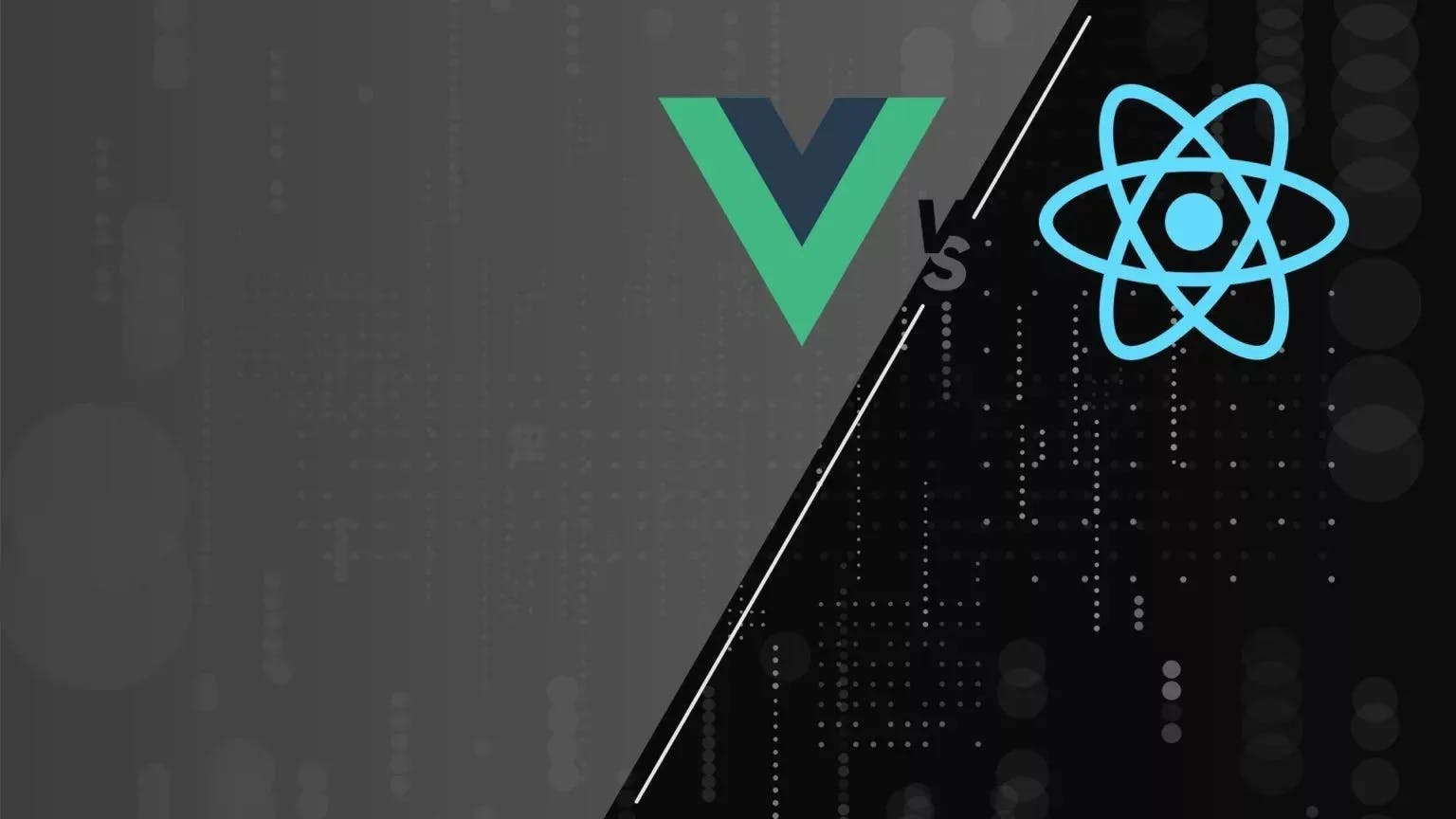Remote Computer Vision engineer jobs
We, at Turing, are hiring remote Computer Vision engineers who can research, analyze and process large volumes of data using computer vision and segmentation techniques and automate predictive decision-making efforts. Accelerate your career by working with elite U.S companies from the comfort of your home.
Find remote software jobs with hundreds of Turing clients
Job description
Job responsibilities
- Manage the processing and analysis of large data sets by collaborating with data science engineers
- Use statistics, supervised learning, and computer vision libraries to solve real-world problems
- Develop, evaluate, and optimize deep learning and computer vision models to meet business requirements
- Use image processing techniques to analyze unstructured data
- Design and develop image analysis algorithms and frameworks for image processing and visualization
- Automate predictive decision making efforts in the organization
Minimum requirements
- Bachelor’s/Master’s degree in Engineering, Computer Science, or IT (or equivalent experience)
- At least 3+ years of experience as a Computer Vision engineer (rare exceptions for highly skilled engineers)
- Proficiency in computer vision and deep learning algorithms
- Working knowledge of object detection, tracking, semantic or instance segmentation
- Experience with ML frameworks like PyTorch, Keras, or Tensorflow
- Proficiency in training models using NVIDIA or cloud technologies
- Expertise in Python and related technologies like PIL, NumPy, OpenCV, seaborn, etc.
- Proficiency in object-oriented programming languages and frameworks
- Fluency in English to collaborate with engineering managers
- Work full-time (40 hours/week) with a 4 hour overlap with US time zones
Preferred skills
- Ability to transform data researches into working product models
- Familiarity with GPU computing or cloud computing
- Knowledge of data structures and algorithms in Python or C++
- Understanding of AWS, Azure cloud, and IoT technologies
Interested in this job?
Apply to Turing today.
Why join Turing?
1Elite US Jobs
2Career Growth
3Developer success support
How to become a Turing developer?
Create your profile
Fill in your basic details - Name, location, skills, salary, & experience.
Take our tests and interviews
Solve questions and appear for technical interview.
Receive job offers
Get matched with the best US and Silicon Valley companies.
Start working on your dream job
Once you join Turing, you’ll never have to apply for another job.

How to become a Computer Vision engineer?
A computer vision engineer works at the intersection of machine learning and human-like visual simulation. He's in charge of creating and automating computer vision models that help us do our jobs and live more comfortably. Computer Vision engineers are in charge of creating and testing solutions for real-world challenges and applications. They also collaborate with the technical team and the customer to develop new products and services while taking real-time feedback into account. In addition, they assist in the development and testing of prototypes for new technologies and concepts that may one day become full-fledged goods that the firm may provide.
The boundary between a computer vision scientist and a computer vision engineer is becoming increasingly blurry as the computer vision domain expands and more firms embrace computer vision business and analytics.
At times, computer vision engineers at tiny firms must manage both of these jobs. They'd have to comb the internet for fresh research papers and emerging methodologies in order to stay on top of things and apply the techniques to the application. It is critical to thoroughly study the computer vision engineer job description in order to fully comprehend what will be expected of you throughout your time at the organization.
What is the scope of Computer Vision Engineering?
The field of computer vision is exploding, and demand for computer vision engineers is at an all-time high. In the United States alone, there are now over 60,000 job openings, and this figure is rapidly growing year after year. Top tech firms such as Apple, Amazon, Facebook, Google, and Rockstar Games are on the lookout for computer vision experts. These figures demonstrate that computer vision engineer positions have a bright future.
In computer vision, state-of-the-art machine learning techniques like Deep Learning, CNN, Tensorflow, Pytorch, and others are being used to conduct extensive research and unique invention. As technologies like machine learning and data science make substantial advances, computer vision will evolve in lockstep. The application of computer vision technology is moving into the public sphere. Computer Vision applications are growing in popularity and will see widespread use in the next years. It's a great moment to learn some cutting-edge computer vision abilities and go ahead in the industry.
What are the roles and responsibilities of a Computer Vision Engineer?
The responsibilities of a Computer Vision Engineer include constructing computer vision models, retraining them, producing high-quality datasets, libraries, and reviewing research articles for unique solutions tailored to the product.
Job listings and job descriptions for computer vision are frequently categorized as software engineers by startups and mid-sized businesses. It is a good idea to read over the entire job description as well as the company's expectations. The fact that an engineer would need to participate in software development and engineering chores in addition to computer vision jobs may explain why organizations employ broad titles like software engineer and software developer.
Because each position in computer vision is reliant on the organization and expertise, the job tasks and responsibilities vary. A computer vision engineer's regular day-to-day responsibilities include:
- Development of a computer vision model
- Data collection for training
- Mask detection, animal and cow tracking in farmlands, and parking vacancy detection are all computer vision jobs that may be automated.
- Review code and interact with machine learning and data science domain specialists.
- Algorithm prototyping and testing to articulate/quantify findings
- Restoring an image
- Setting up the scene
- Analysis of motion
- Recognized objects
- Checking out the most recent journals and research publications.
It's worth noting that most major IT organizations have a work division and role-specific tasks. A computer vision engineer will redesign and maintain existing computer vision products that have undergone some development at top tech businesses. A computer vision engineer at a small firm must wear several hats and test existing solutions as well as develop new ones. Startups typically promote comprehensive development and aid in the broadening of abilities in all aspects of computer vision. To understand what the work position comprises, it is critical to read the job description completely.
How to become a Computer Vision Engineer?
A full-time degree in computer science or engineering with a specialization in computer vision or advanced machine learning techniques is required of computer vision engineers. The degree might be a master's, bachelor's, or doctoral degree. They should be able to program in an object-oriented manner. In addition to technical skills, applying to jobs with an optimized Computer Vision engineer resume can also help developers to get hired.
A master's, bachelor's, or doctoral degree in computer science engineering or electrical engineering includes computer vision courses.
Certifications and training in computer vision are beneficial, but they are not required for computer vision engineer positions.
The educational requirements listed above are neither all-inclusive nor do they have to be met. Many people in the field who do not have a STEM education but have successfully transitioned into careers as computer vision engineers are outliers. The willingness to study and work hard is the most important prerequisite. The rest is just a bonus.
Interested in remote Computer Vision Engineer jobs?
Become a Turing developer!
Skills required to become a Computer Vision Engineer
While many engineers are unable to shift their backgrounds, new abilities may always be developed. At any stage during your career, you can learn new tools and technologies. It might happen in college, in a new job, or after a 10-year career in any field. Upskilling allows you to make a real impact and advance in any employment capacity. Here's a list of essential computer vision abilities:
1. Capability to Create Machine Learning Models
Computer vision is a branch of machine learning that heavily relies on deep learning models such as CNN, RNN, and ANN, to mention a few. To identify photos or recognise objects, you'll need to understand machine learning methods.
2. Expertise in Computer Vision Programming Languages
The most prevalent programming languages used to create computer vision applications are Python, MATLAB, C++, and Cython. Each language has its own set of advantages and drawbacks.
3. Image Processing Tool and Methods Expertise
- TensorFlow
Tensorflow is an open-source machine learning framework that can be used to create and train neural networks for deep learning as well as many other machine learning models that need a lot of numerical calculation. It was created in 2015 by the Google Brain team.
- YOLO
YOLO stands for "You Only Look Once." It is a real-time object detection technique. It detects things in real-time using Convolutional Neural Networks as its foundation.
- OpenCV
OpenCV is a free and open-source image processing and computer vision library.
- MATLAB
MATLAB is a computer language that allows you to manipulate images as well as do large-scale numerical analyses and displays. It also offers Computer Vision ToolBox, a specific computer vision support tool for building and testing CV systems.
- Keras
Keras is a python-based open-source framework for implementing deep learning models. It's a wrapper for the Theono and Tensorflow libraries.
4. Roots in Mathematics
Foundational mathematics such as linear algebra, 3D geometry and pattern recognition, fundamental convex optimizations, calculus gradients, and Bayesian Probability is beneficial and desirable.
5. Object Detection
Object detection uses bounding boxes to recognize things in a picture. It also determines the object's size and placement in the image. Object detection, unlike object localization, is not limited to locating just one instance of an object in an image, but rather all of the object instances present in the image.
6. Object Localization
The technique of recognizing the single most conspicuous instance of an item in a picture is known as object localization.
7. Object Tracking
The method of monitoring moving objects in a scene or video is commonly utilized in surveillance, CGI movies to track actors, and self-driving automobiles. It employs two methods for detecting and tracking the relevant object(s). The first technique is a generative approach, which looks for regions in a picture that is most comparable to the tracked item while ignoring the backdrop. The discriminative model, on the other hand, looks for contrasts between the item and its surroundings.
Interested in remote Computer Vision Engineer jobs?
Become a Turing developer!
How to get Computer Vision Engineer jobs?
Computer Vision engineers must work hard enough to stay up with the industry's current breakthroughs and to continue to enhance their skills. To thrive, they must effectively and consistently adopt the best practices in their industry. Developers should think about two things as they move forward in this regard. They may seek assistance from someone who is more experienced and good at teaching new skills while practicing. As a Computer Vision engineer, you must also hone your analytical, programming, and soft skills. As a result, the designers must make certain that someone is on hand to help them.
Turing provides the greatest remote Computer Vision chances for experienced Computer Vision Engineers to advance their careers. Working on complex new technological and business issues can help you expand quickly. Join our global developer network to discover long-term, full-time remote Computer Vision engineer jobs with better pay and advancement opportunities.
Why become a Computer Vision Engineer at Turing?
Elite US jobs
Long-term opportunities to work for amazing, mission-driven US companies with great compensation.
Career growth
Work on challenging technical and business problems using cutting-edge technology to accelerate your career growth.
Exclusive developer community
Join a worldwide community of elite software developers.
Once you join Turing, you’ll never have to apply for another job.
Turing's commitments are long-term and full-time. As one project draws to a close, our team gets to work identifying the next one for you in a matter of weeks.
Work from the comfort of your home
Turing allows you to work according to your convenience. We have flexible working hours and you can work for top US firms from the comfort of your home.
Great compensation
Working with top US corporations, Turing developers make more than the standard market pay in most nations.
How much does Turing pay their Computer Vision Engineers?
Every Computer Vision Engineer at Turing can choose their preferred pricing. On the other hand, Turing will propose a salary at which we are certain we can find you a successful and long-term position. Our suggestions are based on our analysis of market conditions as well as customer preferences.
Frequently Asked Questions
Latest posts from Turing
Leadership
Equal Opportunity Policy
Explore remote developer jobs
Based on your skills
- React/Node
- React.js
- Node.js
- AWS
- JavaScript
- Python
- Python/React
- Typescript
- Java
- PostgreSQL
- React Native
- PHP
- PHP/Laravel
- Golang
- Ruby on Rails
- Angular
- Android
- iOS
- AI/ML
- Angular/Node
- Laravel
- MySQL
- ASP .NET
Based on your role
- Full-stack
- Back-end
- Front-end
- DevOps
- Mobile
- Data Engineer
- Business Analyst
- Data Scientist
- ML Scientist
- ML Engineer
Based on your career trajectory
- Software Engineer
- Software Developer
- Senior Engineer
- Software Architect
- Senior Architect
- Tech Lead Manager
- VP of Software Engineering









